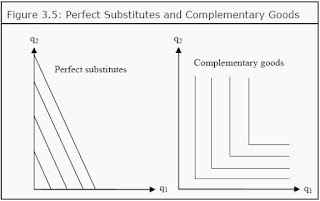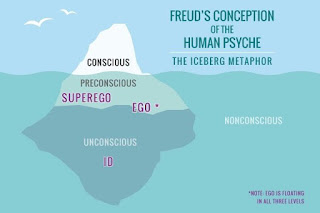ECGC:-
Export Credit Guarantee corporation ( established in 1957)
It provides export credit insurance support to Indian exporters and is controlled by ministry of commerce.
What do they do ?
-It provides a range of credit risk insurance covers to exporters against loss in export of goods and services. It also offers guarantees to bank and financial institutions to enable exporters to obtain better facilities from them.
.....................................................................................................
NAFTA:-
North American Free Trade Agreement ( established in 1994)
Members:- Canada, USA and Mexico
It enables free trade among the north American countries
.....................................................................................................
EPCG:-
Export Promotion Capital Goods
- It helps the importers and exporters to promote export related to machinery and machinery parts
-Other schemes MEIS:- Merchandise Export from India Scheme
SEIS;- Service Exports from India Scheme
-In order to promote domestic capital goods manufacturing industry, Specific Export Obligation under EPCG scheme, in case capital goods are procured from indigenous manufacturers, has been reduced from 90% to 75%
...................................................................................................
Sunset Clause
-The Uruguay round provided 'Sunset' clause to control dumping
-In US, anti-dumping duties have traditionally stayed in force for years. The agreement introduces a sunset clause under which such duties are to be generally terminated after five years.
........................................................................................................
ANOVA ( Analysis Of Variance) It is statistical method used to test differences between two or more means.
-The shape of 'F' distribution depends on the number of degrees of freedom in both the numerator and the denominator of the 'F' ratio
-In analysis of variance, sample sizes should be equal
................................................................................................
'P' value
-Use the P-value to determine whether the results are statistically significant.
- P-value are often used in hypothesis tests, where you either reject or fail to reject null hypothesis. when you do a hypothesis testes, the key piece of output to concentrate on is the P-value.
- A P-value ranges from 0 to 1. The P-value is a probability that measures the evidence against the null hypothesis.
-Lower probabilities provide stronger evidence against the null hypothesis.
- If the P-value is less than or equal to you 'a' you reject null hypothesis.If the P-value is greater than 'a' you fail to reject null hypothesis.
-Value of 0.05 is often used for 'a'.i.e. if the P-value is less than or equal to 0.05, reject null hypothesis.
............................................................................................................
OC Curve:-
The operating characteric (OC) curve depicts the discriminatory power of an acceptance sampling plan. The OC curve plots the probabilities of accepting a lot versus the fraction defective. When the OC curve is plotted, the sampling risks are obvious.
.................................................................................................................
C chart :-
It is an attributes control chart used with data collected in sub-groups that are same size. C Charts shows how the process is measured by the number of non-conformities per item or group of items, changes over the time. Non-conformities are defects occurrences found in a sampled subgroup. They can be described as any characteristics that is present but should not be present. e.g. scratch, dent, bubble, missing button.
...........................................................................................................









